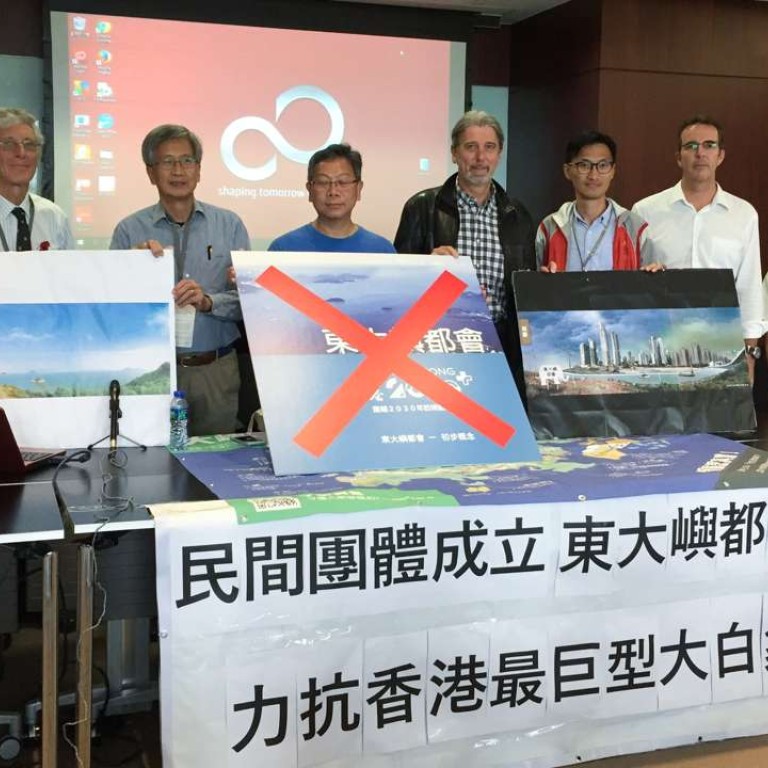
City needs a balanced debate on land supply and conservation
Blueprint for Hong Kong post-2030 has identified some areas for development but already, before discussion, the critics are sharpening their swords
Land supply has become so sensitive an issue that the debate risks becoming led by emotions rather than facts. The ongoing consultation on the post-2030 development is a case in point. As soon as the document was released, the government was criticised by some conservationists for “overdeveloping” the city. But with less than one quarter of our land built up, there seems to be much room for further development. The question is how far we should go.
According to the revised development blueprint “Hong Kong 2030+”, we still need 4,800 hectares of land for housing, economic and community use. But only 3,600 hectares have been identified and planned so far. To make up the shortfall of 1,200 hectares, officials have proposed two new town developments in northern New Territories and east Lantau. The two projects will produce 1,720 hectares in total, giving a comfortable 10 per cent buffer. The capacity is enough for a population of nine million people.
The figures immediately became the target of criticism, not only because we are seemingly building more than necessary; it also involves reclamation off the eastern coast of Lantau. Even though the government says the area is not ecologically sensitive, it does nothing to pacify those who put conservation ahead of development needs.
Whether there is a need for the 10 per cent buffer is debatable. But even if we stick to the estimate of a population of 8.22 million by 2043, there is still pressure to increase land supply. Under the proposed blueprint, the provision target for future government, institution and community land per person is to be raised to 3.5 square metres, compared to the existing 2.2 square metres in Sha Tin. Likewise, the target for open space is to increase from 2 square metres to 2.5 square metres.
There are choices to be made. It seems unrealistic to expect improvements in quality of living while resisting changes. Indeed, there exists a non-development mentality in certain quarters in society, so much so that it is hampering efforts to provide more housing and other facilities. Whether the 3,600 hectares of land identified by the government can be developed as planned remains to be seen. It would seem prudent to start looking beyond what is available for future needs.
Based on the government’s estimate, the ratio of built-up land will rise from 24 per cent to no more than 30 per cent. The consultation gives a good opportunity to debate whether we are going too far. Striking the right balance is the key.

